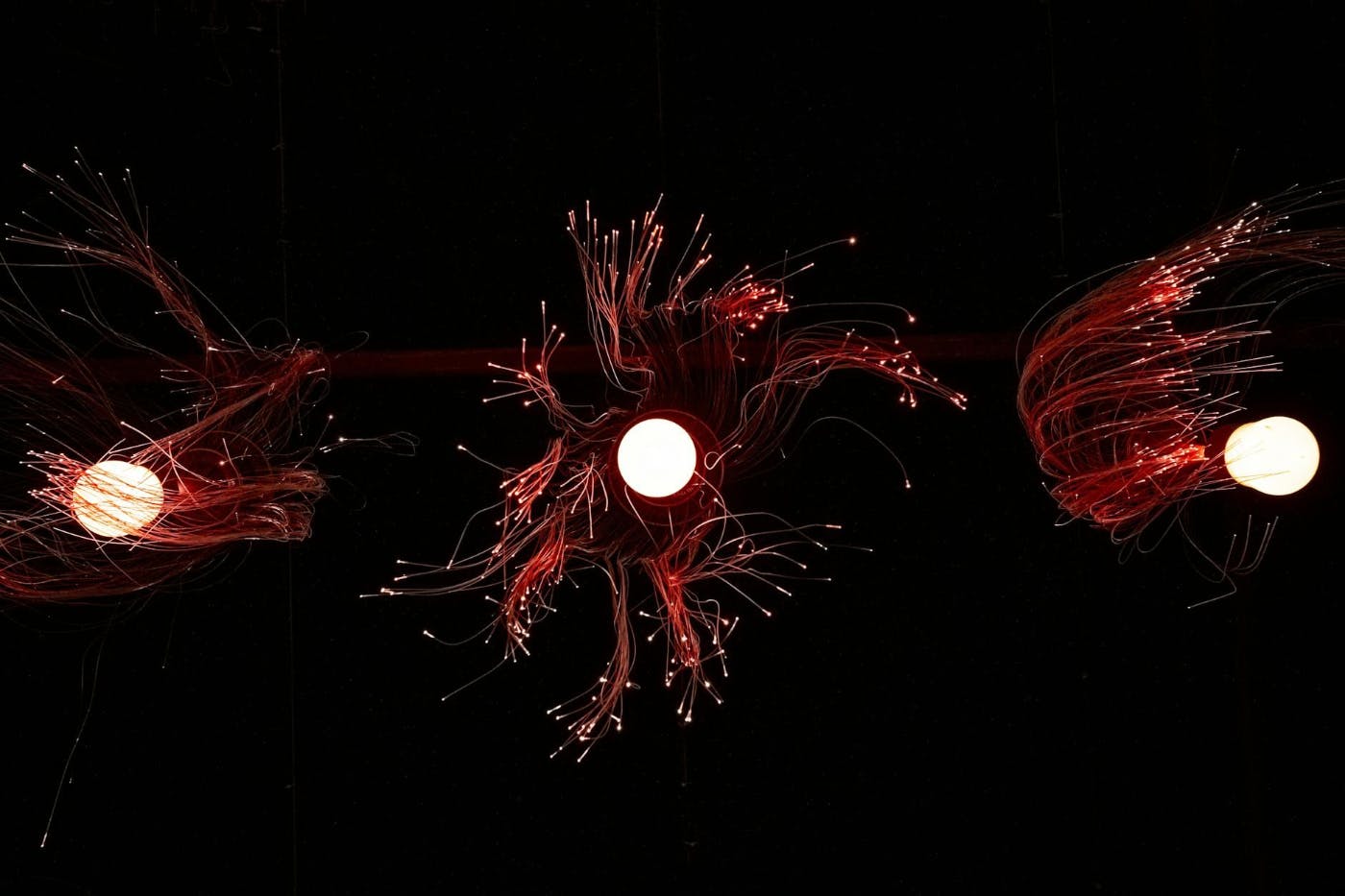This paper is available on arxiv under CC 4.0 license.
Authors:
(1) Terence Blésin, Institute of Physics, Swiss Federal Institute of Technology Lausanne (EPFL) & Center of Quantum Science and Engineering (EPFL);
(2) Wil Kao, Institute of Physics, Swiss Federal Institute of Technology Lausanne (EPFL) & Center of Quantum Science and Engineering (EPFL);
(3) Anat Siddharth, Institute of Physics, Swiss Federal Institute of Technology Lausanne (EPFL) & Center of Quantum Science and Engineering (EPFL);
(4) Alaina Attanasio, OxideMEMS lab, Purdue University;
(5) Hao Tian, OxideMEMS lab, Purdue University;
(6) Sunil A. Bhave, OxideMEMS lab, Purdue University;
(7) Tobias J. Kippenberg, Institute of Physics, Swiss Federal Institute of Technology Lausanne (EPFL) & Center of Quantum Science and Engineering (EPFL).
Table of Links
-
Results
Appendix D: Characterization of acoustic resonances
The microwave reflection measurements (also known as S11) shown here were measured at room temperature using custom probes (GGB industries nickel-alloy 40A-GS-135-PC-N Picoprobe) and a vector network analyzer (Rhode&Schwarz ZNB-20). The spectrum shown in Fig. 2d is corrected using a calibration substrate (GGB industries CS-8) to remove the phase delay and attenuation introduced by coaxial cables and probes. However, this calibration procedure was only used to get the S-parameter, and was not applied during the total conversion efficiency measurements shown in Fig. 3 and Fig. 4. In a previous version of the transducers and in Ref. [11] where the Band-Aid process (Appendix B) is not employed, the piezoelectric actuator extends beyond the suspended cladding and covers the electrical feedline, causing two detrimental effects for transduction. First, the resulting stray capacitance leads to excess microwave insertion loss. Given the small size of the suspended area (∼ 1000 µm2 ) compared to that of the feedline (≳ 10 000 µm2 ), this effect is readily seen in Supplementary Fig. 3, where the spectrum without the Band-Aid process exhibits reduced background reflection. Second, the part of the actuator on top of the unreleased cladding leads to resonant excitation of HBAR modes extending over the entire Si substrate. These modes have a smaller free spectral range (FSR) of around 19 MHz and a lower microwave extraction efficiency. The theory presented in Appendix A does not correspond to the case of such a multimode system as it assumes being in the sideband-resolved regime, implying the high density of substrate modes is inappropriate for low-noise frequency conversion. The feedline Band-Aid, discussed in Appendix B and shown in Supplementary Fig. 3, enables the removal of the piezoelectric layer above the substrate, leaving only HBAR modes well confined in the oxide cladding.
We fit the measured complex reflection to obtain the mechanical quality factor Qm = 284 and microwave extraction efficiency κex,m/κm = 0.11 for the transduction mode [15]. In addition, we simulate microwave reflection of the designed stack geometry using finite-element method (FEM). Fitting the simulated spectrum leads to Qm = 205 and κex,m/κm = 0.61. The discrepancy is attributed to difference in clamping losses and piezoelectric coefficients between the fabricated and simulated devices. We extract the effective mass of the transduction HBAR mode from FEM simulations as


